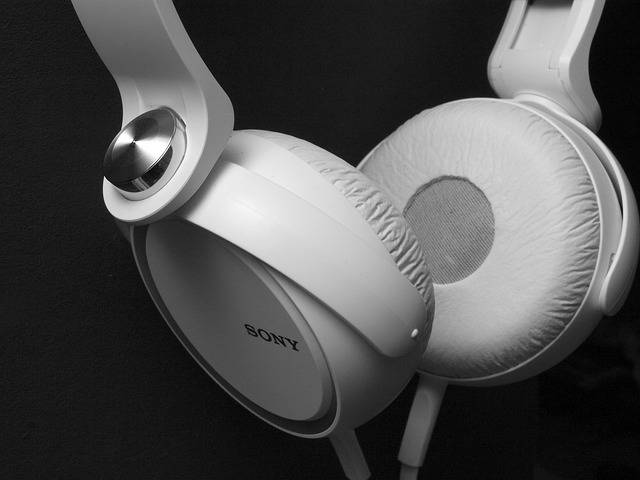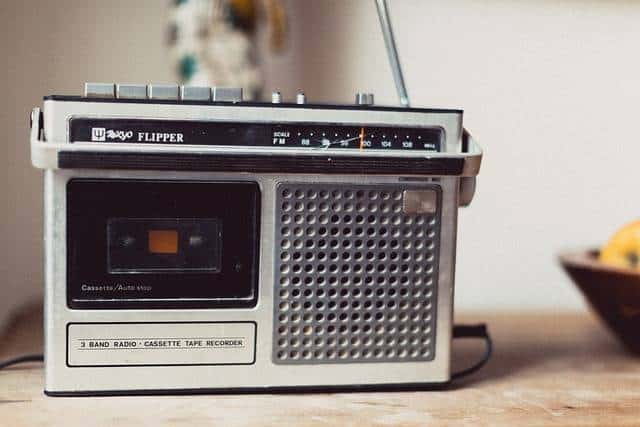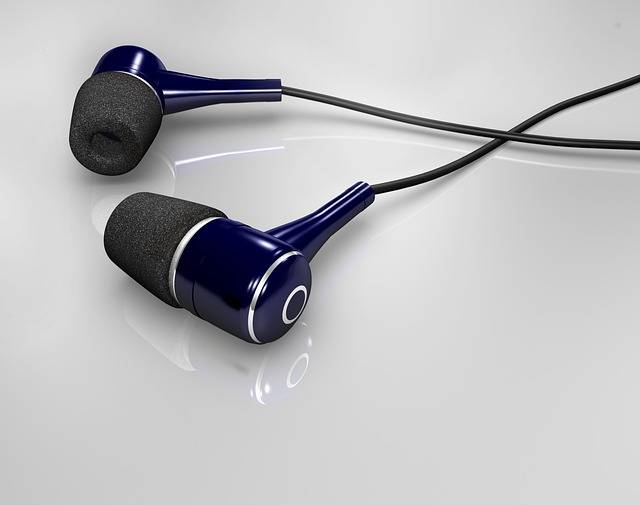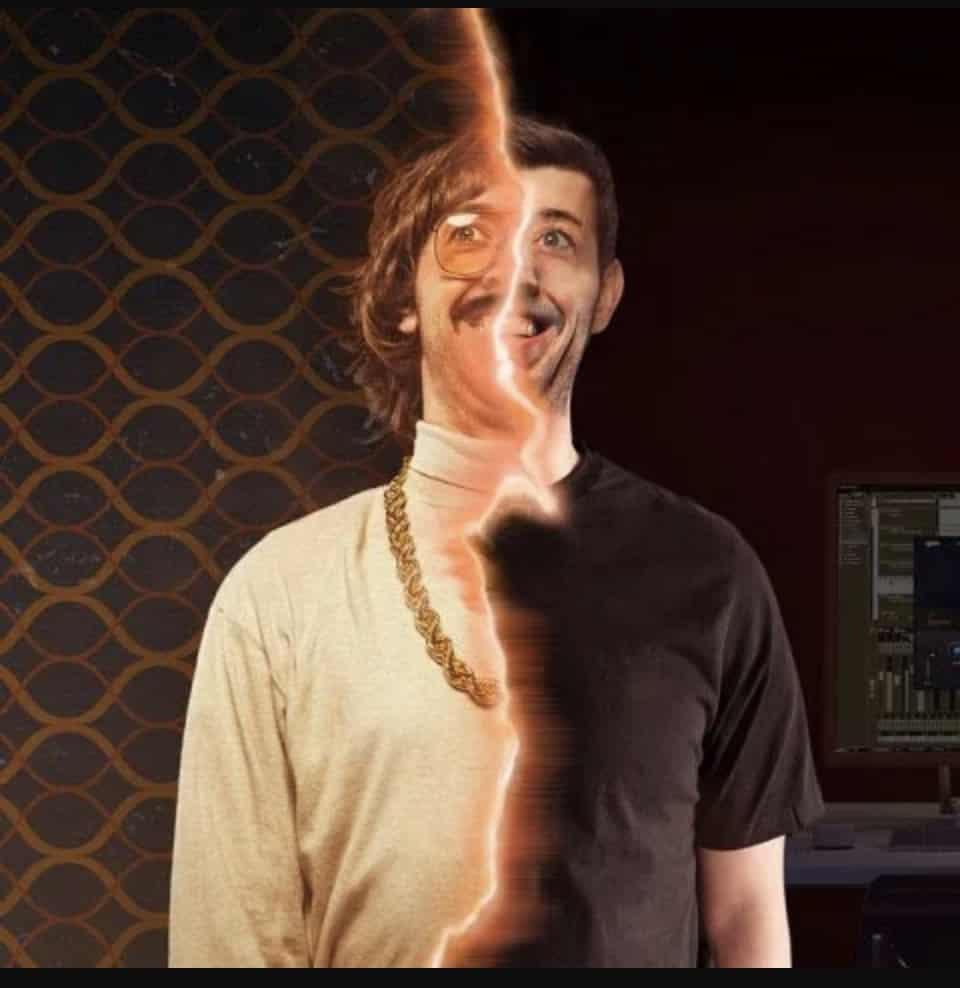Are you aspiring to become an expert in sound design for movies? If that’s the case, you’ve found the right article to begin your journey. Here, we’ll dive into the intricacies of sound design in the film industry and lay out the steps to carve out a successful career as a sound designer. We will examine the crucial skills and knowledge you’ll need to thrive, as well as how to tackle the obstacles faced in audio production for film. Additionally, we’ll share strategies for unleashing your creativity as a sound designer. Let’s dive in!
Table of contents: How to become a sound designer for film
- Uncovering the Secrets of Sound Design for Film
- Exploring the Path to Becoming a Professional Sound Designer
- Essential Skills and Knowledge Required for Successful Sound Design
- Navigating the Challenges of Working in Film Audio Production
- Unlocking Your Potential as a Creative Sound Designer
If you are passionate about sound and have a creative flair, becoming a sound designer for film could be the perfect career path. Sound design is an essential part of filmmaking, as it helps to create atmosphere and emotion in films. It can also help to bring scenes alive with realistic sounds that add depth and texture to any production.

The first step in becoming a successful sound designer for the film is gaining experience working on audio projects. This could include recording music or creating sound effects from scratch using software such as Pro Tools or Logic Pro X. You should also consider taking classes related to audio engineering, mixing, mastering, Foley artistry (creating sounds), and other aspects of post-production audio work. Additionally, having some knowledge of music theory will be beneficial when designing unique sounds for your projects. Moreover, networking with other professionals in the industry is crucial for getting your foot in the door. Building relationships with directors, producers, and other filmmakers can lead to opportunities to showcase your skills as a sound designer. It’s also important to stay updated on the latest technological advancements and trends in the audio industry to stay competitive and relevant in the field. Exploring different sound designer career paths, such as working in gaming, virtual reality, or animation, can also broaden your experience and open up new opportunities in the industry.
Once you have gained some experience working on audio projects it’s time to start building your portfolio by creating original pieces that showcase your skillset as a sound designer for film productions. To do this effectively you should research different types of films so that you can better understand the type of soundtrack they require; this will help ensure that each project has its own distinct style while still fitting into the overall narrative arc created by the director/producer team behind it.
When applying for jobs within the industry make sure you highlight all relevant qualifications such as any degrees or diplomas related to media production/audio engineering etc., but don’t forget about soft skills like communication which are just as important when dealing with clients who may not have much technical knowledge themselves! Finally remember networking is key – attend events where filmmakers gather together so that potential employers know who they can contact if ever need arises.
Becoming a successful sound designer requires dedication and hard work but if done right there are many rewards along way including recognition from peers , financial stability , job satisfaction – plus opportunity collaborate with talented people across world ! So why wait ? Start today making those dreams reality!
Uncovering the Secrets of Sound Design for Film
Uncovering the secrets of sound design for film is an exciting and rewarding journey. As a sound designer, you have the opportunity to create unique audio experiences that can completely transform a movie or television show. To become successful in this field, it is important to understand the fundamentals of sound design and how they apply to film production.
The first step towards becoming a professional sound designer for film is learning about acoustics and how sounds travel through different environments. This knowledge will help you create realistic audio effects that are appropriate for each scene in your project. Additionally, understanding microphone types and their uses will be essential when recording dialogue or other elements on set or during post-production workflows.

It’s also important to understand basic music theory as well as software such as Pro Tools so that you can manipulate sounds into something more dynamic than what was originally recorded on set or from stock libraries. Knowing which tools are available at your disposal will allow you to craft creative solutions when faced with challenging situations during production or post-production stages of filmmaking process.
Finally, having an ear for detail is key when creating effective sound designs since subtle nuances often make all the difference between good and great results. Listening critically while mixing tracks together allows one to identify any flaws within their mix before sending it off for final approval by directors/producers etc.. With practice comes mastery; honing these skills over time leads one closer towards uncovering the secrets of successful Sound Designers working in Film today!
Exploring the Path to Becoming a Professional Sound Designer
Exploring the path to becoming a professional sound designer for film can be an exciting journey. With the right knowledge and experience, you can become a successful sound designer in no time. To begin your journey, it is important to understand what goes into creating audio for films. This includes learning about microphone techniques, signal processing, mixing and mastering techniques as well as post-production editing software such as Pro Tools or Logic Pro X.

You should also consider taking courses focusing on music production and recording technology to better understand how sounds are created in different environments. Additionally, basic music theory knowledge will help you understand how different elements interact with each other when creating audio for film projects.
In addition to gaining technical skills related to sound design, it is essential that aspiring professionals develop their creative abilities by experimenting with various sounds and effects until they find something unique that works best for their project’s desired outcome. It is also important to stay up-to-date on industry trends so that your work stands out from the competition when applying for jobs or pitching ideas to potential clients or employers.
Essential Skills and Knowledge Required for Successful Sound Design
Sound design is an essential part of the filmmaking process, and a successful sound designer must have certain skills and knowledge to be able to create high-quality audio for films.
First, it’s important that sound designers understand the basics of acoustics. This includes understanding how different frequencies interact with each other in order to create a desired effect or atmosphere. Additionally, they should also know how to use various tools such as equalizers and compressors in order to manipulate sounds for specific purposes.
Second, sound designers need strong technical skills when working with digital audio workstations (DAWs). They should be comfortable navigating through complex menus and settings while utilizing plugins or virtual instruments in order to achieve their desired results.
Thirdly, they must have an excellent ear for detail when it comes to creating realistic sounds that fit into the context of a scene or film project overall. This requires them being able identify subtle nuances within recordings so that they can make adjustments accordingly if needed during post-production stages of production process.

Last but not least, having creative problem-solving abilities is key as well since there are often times when unexpected issues arise which require quick thinking on behalf of the sound designer. In these cases, having experience troubleshooting any potential problems quickly can help ensure projects stay on track from start to finish.
All in all, becoming successful at sound design involves mastering many different aspects ranging from technical proficiency all way up creativity problem-solving capabilities – making sure you possess these necessary qualities will go long way towards helping you become great at what do!
Navigating the Challenges of Working in Film Audio Production
Navigating the challenges of working in film audio production can be daunting. It requires an understanding of both the technical and creative aspects of sound design, as well as knowledge on how to use equipment such as microphones, mixers, and software. Working in this field also involves having a good ear for detail and being able to work quickly under pressure.
For those looking to break into film audio production, it is important to gain experience by taking courses or internships related to sound engineering or music production. This will give you an opportunity to learn about the different types of equipment used in recording studios and understand how they are used together with other elements, such as music composition or dialogue editing. Additionally, it is essential that aspiring sound designers have strong communication skills so they can effectively collaborate with directors and producers during the post-production stages when creating a soundtrack for films.

In addition to gaining experience through coursework or internships, networking is key when trying break into this industry; attending conferences related your field can help you make connections with professionals who may be able provide advice on job opportunities within their companies or even offer mentorship programs that could help further your career goals within film audio production. Finally , staying up-to-date on new technologies related to your profession will ensure that you remain competitive in today’s ever-changing media landscape.
Unlocking Your Potential as a Creative Sound Designer
As a creative sound designer, you have the potential to create unique and captivating soundscapes for films. Unlocking your potential as a creative sound designer requires dedication, creativity, and an understanding of the technical aspects of audio production.
To become a successful sound designer for film, it is important to develop your skills in both music composition and audio engineering. Music composition involves creating original compositions that are tailored specifically for each scene or project while also considering how they will fit into the overall soundtrack of the film.
Audio engineering involves recording sounds from various sources such as dialogue recordings or foley effects and then manipulating them with software tools such as Pro Tools or Logic Pro X to achieve desired results.
In addition to having strong technical skills in music composition and audio engineering, it is essential that you understand how different elements interact with one another within an auditory environment when designing sounds for film projects.
This includes understanding concepts such as frequency range (bass/treble), dynamic range (loudness/softness), panning (left/right placement) , reverb types (room size/decay time) , equalization techniques etc..

Understanding these concepts will help you create more effective mixes by allowing you to control individual elements within a mix better so that they work together harmoniously rather than competing against each other sonically.
Finally, developing relationships with directors can be beneficial when working on larger projects where there may be multiple people involved in decision-making processes related to post-production tasks like mixing. It’s important not only to build trust between yourself but also to demonstrate your ability through past work samples so directors can get an idea of what kind of results they can expect from hiring you.
By taking advantage of all these resources available at hand , unlocking your full potential as a creative Sound Designer becomes much easier!










